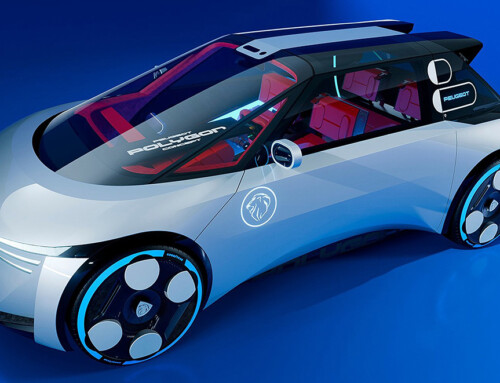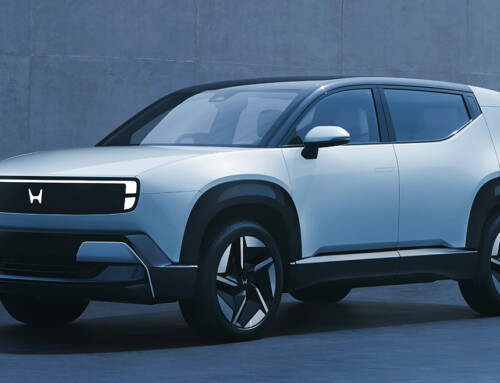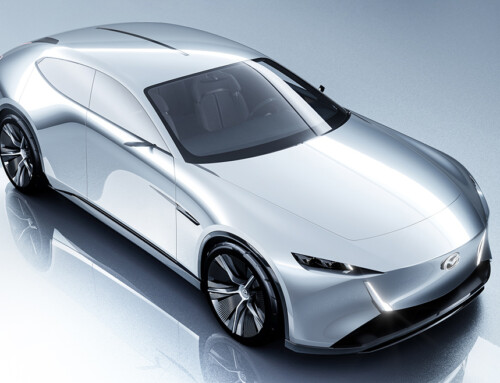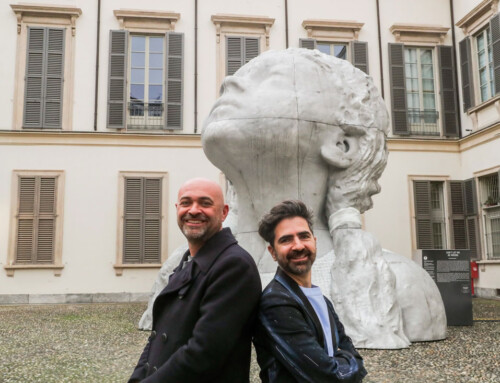AUDI TT, TRADITION AND TECHNOLOGY (Auto&Design n.94)
The Audi TT says goodbye to the market after 25 years with the Final Edition. Here is the original design story of the model.
Developed on the platform of the forthcoming A3 and with mechanicals accredited with 150 bhp for a top speed of over 220 km/h, the Audi TT enters wholly within that desire to explore the market earlier described; and no coincidence that the Ingolstadt maker, after reproposing it in cabriolet guise at the Tokyo show, declares itself ready for production in early 1998 if the success is confirmed with the public. The A3 will be set up on the platform of the new Golf and the TT (4,002 mm long with a wheelbase of 2,430 mm, 1,750 mm wide, 1,350 mm high) is just 4 mm longer than its distant Volkswagen cousin. The transversally mounted engine is the turbo version of the 20-valve 1800 that equips the A4 and the transmission is four-wheel-drive.
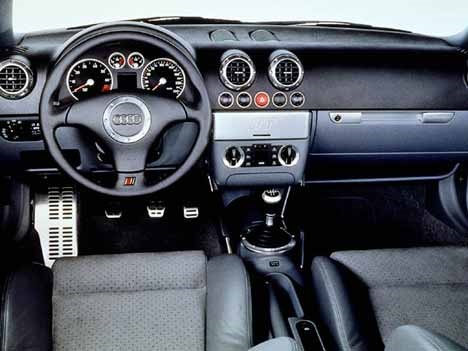
The sales price ought to settle around 60 million lire, although Audi claims that the configuration presented at the Frankfurt show could be flanked by a cheaper two-wheel-drive with a 1.8-litre aspirated power-plant and 125 bhp. All the mobile parts (doors, bonnet and boot lid) are in aluminium, born of the experience and technology success-fully introduced on the A8, while the rest of the shell is steel.
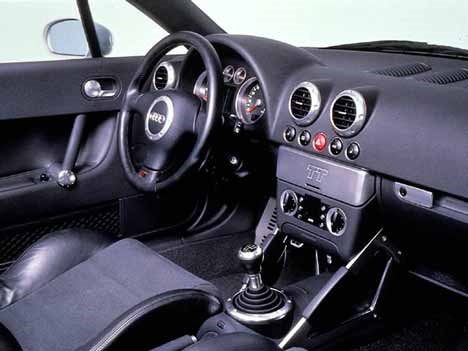
The ‘TT’ project was born in May 1994 from the hand of Freeman Thomas, brought in from the Audi design studio in California, who in only two weeks arrived at formal proposals very similar to the current TT working on the A3 package elaborated by Ralf-Gerhard Willner, project engi-neer for the exterior. After the approval of head of Audi Research and Development, Franz-Josef Paefgen, the sketches were solidified in a very detailed 1:4 scale model that already included some ideas for the interior. The interior development was overseen by designer Romulus Rost and interior project engineer Winfried Rückheim. In the words of Ulrich Hagkemberg, responsible for Audi technical coordination, the team composed of the aforesaid individuals constituted the fulcrum for the entire development phase conducted in a studio external to Audi’s Ingolstadt home-base. Construction of the 1:1 scale model began in September 1994, while the working prototype presented at Frankfurt was built in just eight months, in large part utilising current production componentry.
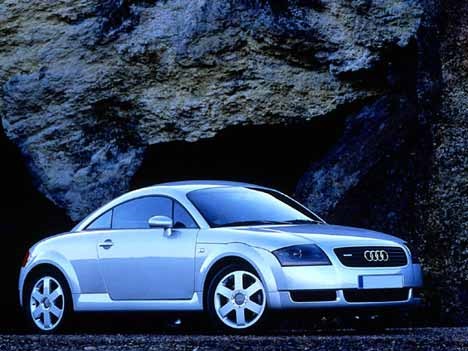
The design of the TT takes form a desire to rejuvenate the Audi image amply summed up in the words of Ulrich Hagkemberg: “We need to accentuate the emotive image, in cars that impress the young with an alluring look and which are economically accessible too.” To follow the heart and not just the head then, in a 2+2 of modern design with the odd flash and reminder of the past. The high beltline observes an Audi philosophy born in the tall mass of the engine unit and the consequence of a desired contin-uity with the movement of the bonnet. The intention of pushing the car roof downwards, with a bowed, almost inset dome shape that minimises the lateral glazed surfaces, further emphasises the tall slabs of the flank, communicating safety and protection, but also a certain armoured-car feel. A characterisation that, in unison with the colour of bodywork and interior, as well as the presence of some details (such as the grille inspired by racing Auto Unions of the 1930s) stipples over a frosty Teutonic look. A totally serious formal approach, nearing the style of the Bauhaus, with each line justified by its function, the obverse of the toy or cartoon car. The Cd is estimated at 0.34.


